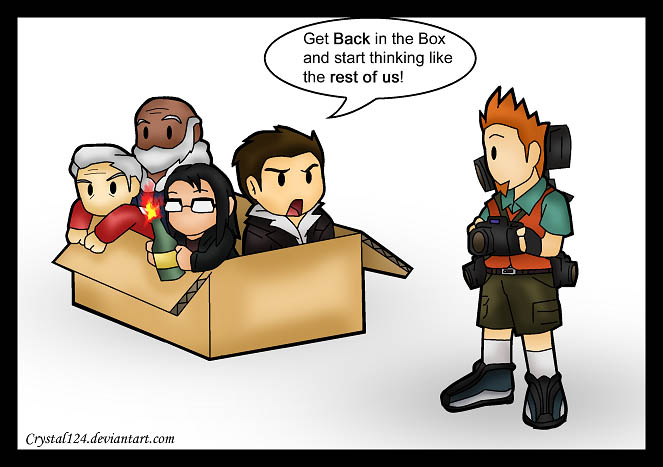
CHAPTER 4: INTEGRATING TECHNOLOGY AND CREATING CHANGE
Focus Question 2: What are the key stages and pressing issues of technology integration?
- Technology integration stages include entry, adoption, adaptation, appropriation, and invention.
- Even though technology integration promotes a powerful and unique transformation in a classroom a pressing issue is that not every curriculum idea or instructional activity needs to feature computers, the internet, or other electronic tools.
- Unwillingness to change favorite lesson plans to include technology.
- Reluctance to use technology when teaching new lesson plans.
- Using computers as a reward or punishment for students.
Successful technology integration is affected by a number of issues within the work of classroom teachers. It can be harder for teachers with a teacher-centered approach or teachers who might feel a bit insecure to step aside and give over some of the control classroom learning to students by using computer technologies. I thought that the text did a really great job on providing tips on how to.
Edutopia is a great website with free and awesome information to inspire innovative teaching in K-12 Schools. It features a fine collection of technology integration resources. Though the site might be a little overwhelming to some, it can be a cool starter guide especially if you are a new teacher who might feel a bit clueless on how to get stared with this whole technology "stuff."
I really enjoyed this chapter! I think that it is a worthwhile challenge to make any change if it is aimed to better something especially in the classroom and with the different learning styles. So what if you are a teacher who wasn't surrounded my Ipads and computers growing up! The beautiful thing about it all is that we don't everything and everyday there is something new to learn. In all, this chapter offers practical approaches to help us connect technology into both classroom and professional work. Instead of seeing those issues as a setback we must see it as a chance to create above and beyond.
Resources:
Maloy, R. W., Verock-O, R. E., Edwards, S. A., & Woolf, B. P. (2010). Transforming learning with new technologies. Allyn & Bacon.
I like your attitude and see that the Edutopia site was popular with you, as well. It is a good one and worth putting in delicious for future reference. Seeing technology as an opportunity to improve upon the traditional, when appropriate, can be transformational and that is critical! :)
ReplyDelete